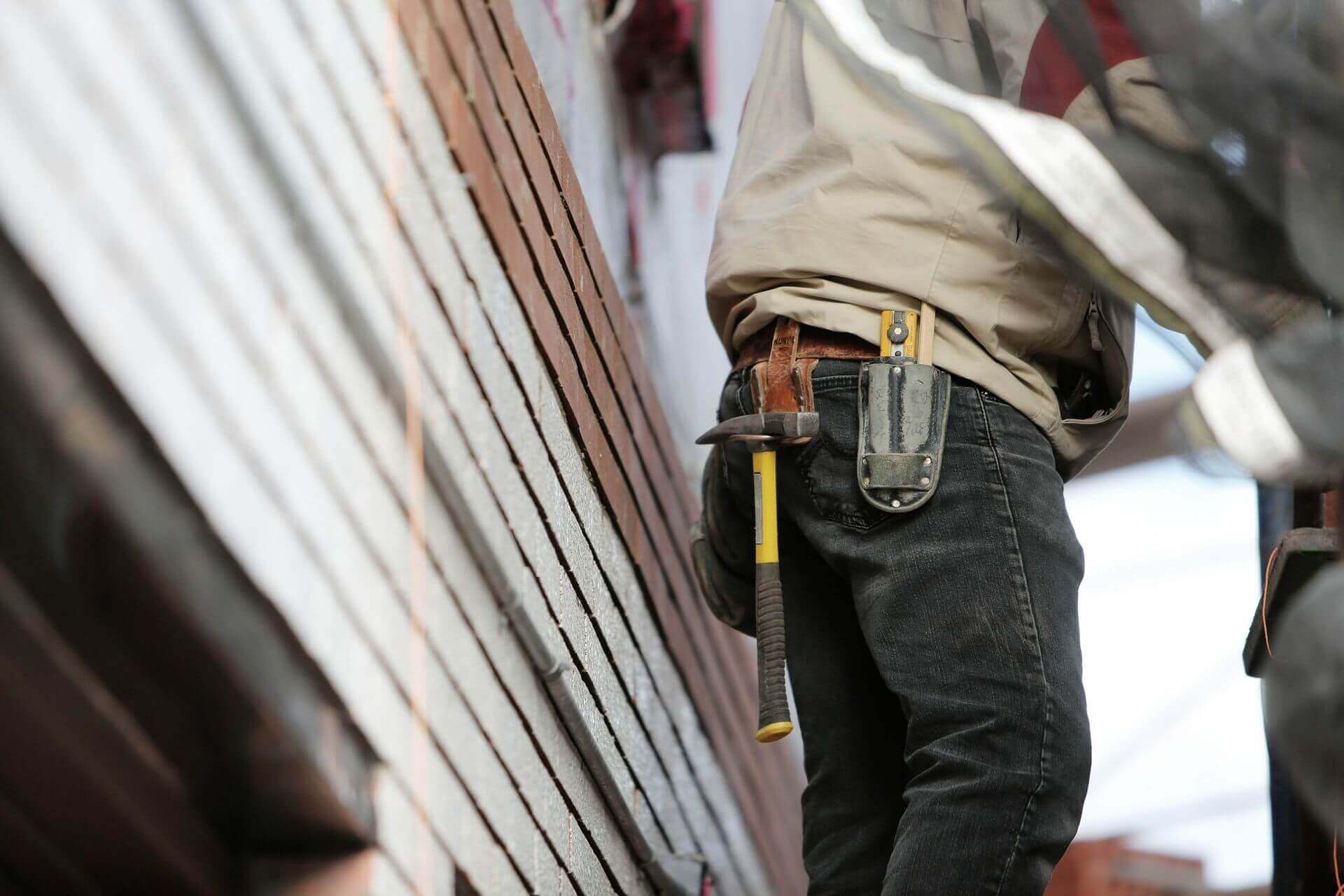How to Prepare for a Home Inspection: What Seller's Need to Know
 The home inspection is a common part of the home selling process. The home buyer’s inspector will walk through your home looking for any type of concern that could negatively impact the buyer. In some cases, the potential buyer could use any concerns found by the inspector to potentially negotiate a lower sale price for the home. As a home seller, there are steps you can take to ensure this inspection goes as well as possible.
The home inspection is a common part of the home selling process. The home buyer’s inspector will walk through your home looking for any type of concern that could negatively impact the buyer. In some cases, the potential buyer could use any concerns found by the inspector to potentially negotiate a lower sale price for the home. As a home seller, there are steps you can take to ensure this inspection goes as well as possible.
Clean Your Home
Decluttering and cleaning the home is the first step. Home inspectors may view the condition of the home as an indication of how well a homeowner takes care of maintenance and upkeep. Cleaning all components of the home – from the windows to the floors – is essential. It’s the easiest and most effective way to make a good impression.
Address Any Common Signs of Concern Before the Inspection
Take the time to look for typical concerns and, whenever possible, make repairs. Key areas to look include:
- Any signs of water damage throughout the home, such as stained drywall or ceiling tiles.
- Tackle potential electrical issues such as having GFCI outlets in bathrooms and kitchens and ensuring breakers only have one wire on each lug.
- Ensure the home is ventilated especially in kitchens and bathrooms, through the use of exhaust fans.
- Get rid of any wood that’s begun to rot such as in cabinetry, window casings, or around exterior decks.
- Get the plumbing concerns taken care of such as ensuring valves on water heaters are in good working condition and leaky faucets are fixed.
Take a look around your home for other areas of concern. Tackle any concerns you can in advance of the home inspection to avoid concerns later.
Keep Systems Functional
You’ll want to ensure the home inspector has no problem seeing that the home is functional. There are a few simple ways to make sure this happens:
- Keep the home’s utilities connected. The inspector will need to turn on the stove and ensuring the heating and cooling work. To do that, they need electricity and gas.
- Ensure pilot lights remain ignited. This includes for the hot water tank, any furnace pilots, and any other gas-powered system.
Make the Home Accessible and Information Available
Inspectors need information to know what’s happened in the home. To do this, they need to be able to get around the home easily. Here are a few simple things to do:
- Clear away all brush and debris from around exterior access points, such as around the foundation.
- Ensure all outbuildings, electrical boxes, and other structures are accessible. If these are typically locked, leave the keys available.
- Provide access to the garage and attic. Move away boxes that could be up against walls. This is also a good time to check for any water damage. Clear away any spider webs, too.
- If you’ve made significant repairs on the home, provide documentation of this. For example, if you’ve made repairs or replaced the home’s heating and cooling system, installed new appliances, or replaced the roof, show proof of this.
You won’t be present during the home inspection, but you’ll want to be sure the home remains as accessible and easy to get around as possible. You’ll want to assume the inspector will be on time. Most often, it takes several hours to complete this inspection. By taking these steps, you’re more likely to have a smooth process.

0 Comments
Comments